AC Remote Control
₹2,899.00 – ₹4,199.00
Introduction to AC Remote Controls
Air conditioning (AC) remote controls are essential devices that significantly enhance the user experience with air conditioning units. Their primary purpose is to provide convenience and flexibility in operating AC units from a distance, eliminating the need for manual adjustments on the unit itself. With the increasing reliance on climate control systems, understanding the functioning of these remote controls is crucial for maximizing their benefits.
A typical AC remote control comprises several key components, including a display screen, buttons for temperature adjustments, fan speed control, and specific modes (such as cool, heat, and dehumidify). The buttons allow users to set parameters according to their preferences, making it easy to maintain a comfortable indoor environment without physically interacting with the air conditioning unit. The display screen often shows important information, such as the current temperature setting and mode of operation, ensuring users are informed about their selected settings at all times.
The interaction between the remote control and the AC unit is primarily facilitated through infrared (IR) rays or radio frequency (RF) signals, depending on the model. When a button is pressed on the remote, it emits a signal that is received by the AC unit, prompting it to adjust settings according to the user’s command. This seamless communication adds a layer of convenience, especially in large rooms or when the unit is situated in hard-to-reach locations.
Moreover, the use of AC remote controls offers various advantages over traditional manual controls. They enable users to maintain a consistent temperature without the hassle of getting up, improve accessibility for individuals with mobility limitations, and often include advanced features such as programmable timers and energy-saving modes. Consequently, investing in an AC unit equipped with a remote control can lead to a more user-friendly and efficient climate control experience. Maintaining comfort in any season becomes not only achievable but also easily controllable.
Common Features of AC Remote Controls
The functionality of air conditioning (AC) units is significantly enhanced by the features available on their remote controls. Understanding these common features can lead to better efficiency and improved performance of your cooling systems. One of the primary functions is the temperature adjustment buttons. Typically marked with “+” and “-,” these buttons allow users to set their desired temperature for maximum comfort. This precision in temperature control contributes to a more efficient energy use, as the AC unit operates only as necessary to maintain the set temperature.
Another essential feature is the fan speed settings. Remote controls often provide options for low, medium, and high speeds, allowing users to customize airflow according to their preferences and room conditions. Increased fan speed can facilitate quicker cooling, while lower speeds can optimize energy consumption during milder weather. Additionally, many controls come equipped with various operational modes including cooling, heating, and dehumidifying. This versatility ensures that the air conditioning system can adapt to different climates and specific needs, enhancing user comfort.
Timer functions are also a noteworthy feature found on most AC remote controls. With this feature, users can program their air conditioners to turn on or off at scheduled times. This is particularly useful for those who want to return to a cooled space without having to leave the unit running all day, improving energy efficiency while reducing electricity costs. Moreover, sleep modes are designed to optimize comfort during nighttime by gradually adjusting the temperature for restful sleep, thus minimizing energy consumption without compromising user comfort.
Troubleshooting Your AC Remote Control
The functionality of an air conditioning (AC) remote control is essential for the efficient operation of the unit. However, users often encounter common issues that inhibit this functionality. One frequent problem faced is the remote control not working at all. This issue may stem from various factors, the most prominent being depleted batteries. To resolve this, replace the old batteries with fresh ones, ensuring they are installed correctly according to the polarity indicators.
Another common issue pertains to unresponsive buttons on the AC remote control. This can be caused by dirt or debris obstructing the buttons. A thorough cleaning using a soft, dry cloth can restore responsiveness. If cleaning does not work, consider resetting the remote control. This may involve removing the batteries, pressing any button for around 10 seconds, then reinserting the batteries. This reset process can reestablish the connection between the remote and the AC unit, resolving minor glitches.
Signal transmission problems also affect the performance of AC remote controls. For proper functionality, the remote must be pointed directly at the AC unit, and there should be no obstacles between them. Ensure that nothing is blocking the infrared emitter on the remote or the receiver on the AC unit. Additionally, if walls or furniture are obstructing the signal, adjustments to the positioning may be necessary.
If issues persist despite these troubleshooting methods, further examination may be required. Consulting the user manual for the AC unit can provide specific instructions or troubleshooting steps tailored to your model. Additionally, if the remote control is damaged or experiencing hardware failures, replacing the remote may be the only viable solution. Regular maintenance and proper handling can help prevent these issues from recurring, ensuring a seamless experience with your AC system.
Advanced Settings and Customization Options
Modern air conditioning units frequently come equipped with remote controls that offer a range of advanced settings and customization options. These features allow users to optimize their AC performance, improve energy efficiency, and enhance convenience through programmable functions and connectivity with home automation systems.
One of the key features available in many remote controls is the programmable timer. This allows users to set specific times for the air conditioning unit to turn on or off, ensuring that the desired temperature is achieved before entering a room. By utilizing this feature effectively, homeowners can ensure their homes are comfortable while also reducing energy consumption during hours when the space is unoccupied.
Energy-saving modes are another significant feature found in advanced AC remote controls. These modes typically adjust the unit’s cooling power and fan speed according to the current temperature and humidity levels in the room. By activating the energy-saving mode, users can experience effective cooling while minimizing electricity use, thereby leading to lower utility bills. It is beneficial for consumers to familiarize themselves with this option, as it not only supports a greener lifestyle but also prolongs the life of the air conditioning system.
Moreover, many modern air conditioning units can now integrate with home automation systems. This feature allows users to control their air conditioning units remotely via smartphones or smart home assistants. To access these settings, users typically need to download a companion app and follow a straightforward setup process. Once configured, they can adjust temperature settings, activate timers, and monitor energy usage from anywhere, offering unparalleled convenience.
By exploring these advanced settings and customization options, users can significantly enhance their air conditioning experience, ultimately leading to improved comfort and efficiency in their homes.
Maintaining Your AC Remote Control
Proper maintenance of your AC remote control is essential for ensuring its longevity and functionality. A well-maintained remote not only enhances user experience but also prevents unexpected failures that could lead to inconvenience. To prolong the lifespan of your remote, regular cleaning is paramount. Dust and debris can accumulate in the buttons and crevices, potentially interfering with its functionality. Use a soft, lint-free cloth slightly dampened with water or alcohol to gently clean the surface. Avoid using abrasive materials that might scratch the remote.
In addition to cleaning, handling the remote control with care is crucial. Avoid dropping it or exposing it to extreme temperatures, as this can damage the internal components. Consider using a protective case to shield it from accidental impacts. Furthermore, always store your remote in a designated space when not in use, whether that be on a shelf or a holder. This helps prevent misplacement and reduces the chances of physical damage.
It is also vital to perform regular checks on your remote control to ensure that it functions correctly. Periodically test all buttons to confirm they are responsive. If you notice a delay or unresponsiveness, this may indicate that the batteries need to be replaced. Using high-quality batteries can significantly enhance the performance and responsiveness of the remote. Make a habit of changing the batteries at least once every six months, or sooner if you notice diminished performance.
By adhering to these maintenance tips—cleaning, careful handling, proper storage, and routine checks—you can ensure that your AC remote control remains functional and ready to use for years to come.
| Brand Name | Amazonbasics, Blue Star, BPL, Carrier, Croma, Cruise, Daikin, Electrolux, Godrej, Gree, Haier, Hisense, Hitachi, Hyundai, IFB, Impex, Intex, Kelvinator, Koryo, LG, Livpure, Lloyd, MarQ by Flipkart, Micromax, Midea, Mitashi, Mitsubishi, Motorola, Nokia, O General, Ogeneral, Onida, Panasonic, Realme, Realme TechLife, Samsung, Sansui, Singer, TCL, Thomson, Toshiba, Trane, Vestar, Videocon, Voltas, Whirlpool, White Westinghouse |
|---|---|
| Capacity | 1 Ton To 1.5 Ton, 2 Ton |
| Type | Inverter Split, Inverter Window, Split, Window |
| Types Of Warranty | 1 Year, 2 Years, 3 Years, Without Warranty |
1 review for AC Remote Control
Only logged in customers who have purchased this product may leave a review.
Related products
-
Air Conditioner Parts
Air Conditioner Fan Motor
₹3,499.00 – ₹8,999.00 Select options This product has multiple variants. The options may be chosen on the product pageRated 5.00 out of 5 -
Air Conditioner Parts
Air Conditioner Copper Tubing
₹2,299.00 – ₹24,999.00 Select options This product has multiple variants. The options may be chosen on the product pageRated 5.00 out of 5 -
Air Conditioner Parts
Air Conditioner Thermostat
₹1,199.00 – ₹4,499.00 Select options This product has multiple variants. The options may be chosen on the product pageRated 5.00 out of 5 -
Air Conditioner Parts
Air Conditioner Evaporator Coil
Rated 5.00 out of 5₹19,999.00Original price was: ₹19,999.00.₹18,999.00Current price is: ₹18,999.00. Select options This product has multiple variants. The options may be chosen on the product page

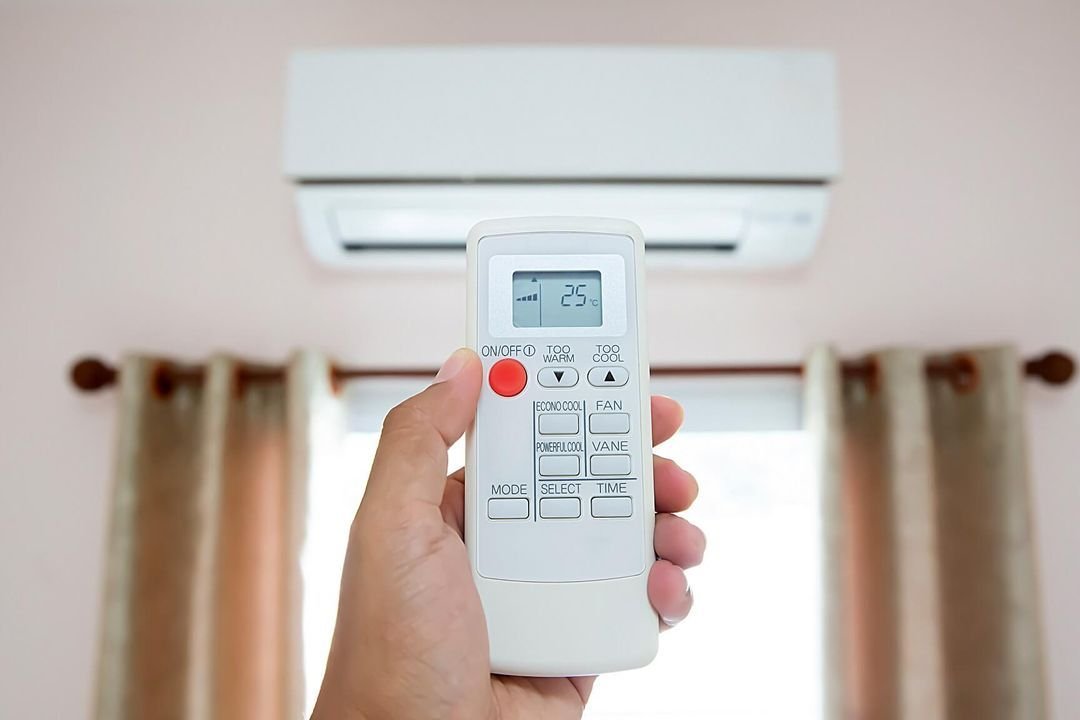
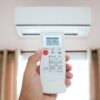
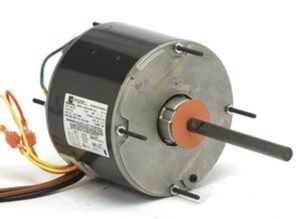

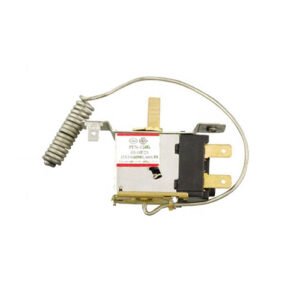
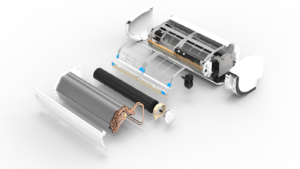
Surya Rao (verified owner) –
The warranty was affordable and covered all necessary repairs for my phone.